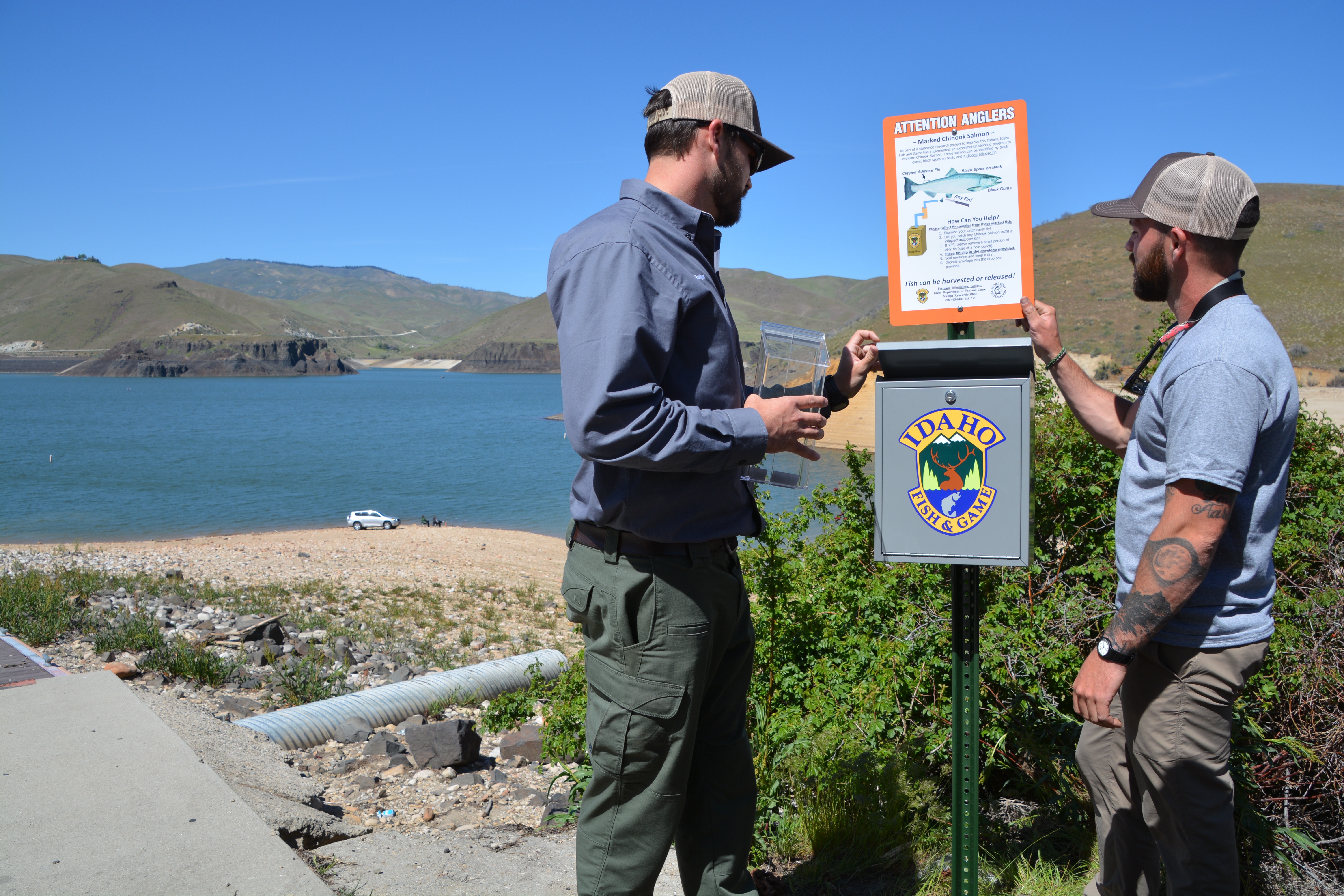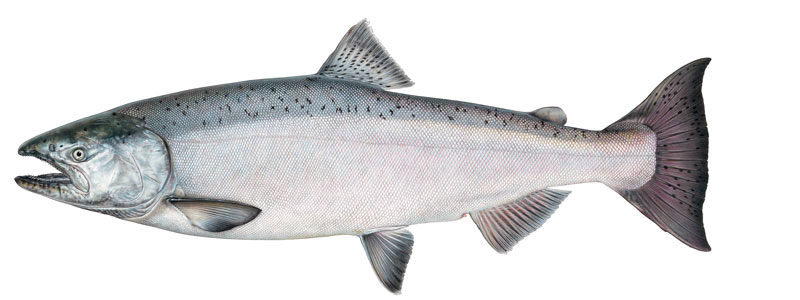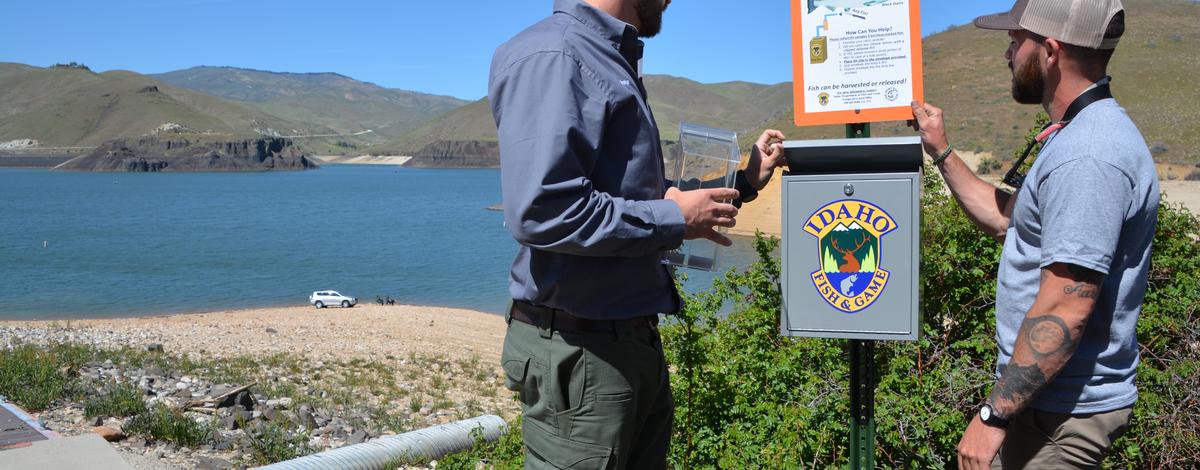Many anglers look forward to fishing for Chinook in Idaho rivers, but there are other places to fish for them. They’re not Chinook that come from the ocean, Fish and Game stocks land-locked Chinook in lakes and reservoirs, and biologists are asking anglers to help them learn more about these fish in Anderson Ranch, Lucky Peak and Deadwood reservoirs in southwest Idaho and Spirit Lake in North Idaho.

Biologists are installing signs and drop boxes at those locations and want anglers who catch a Chinook to leave a small tissue sample from the fish for research.
“To evaluate the performance of these fish, we are asking for anglers to provide fin clips,” Research Biologist Phil Branigan said. “We’re currently stocking two types of Chinook in reservoirs, sterile and fertile, and we’re trying to learn which ones are more likely to get caught by anglers.”
Researchers are also doing work to determine how the two types of Chinook differ in growth rates. The study is expected to last four to five years. Researchers are relying on anglers because they are the most cost-effective way of getting fin clips.
“We can’t do this evaluation without their cooperation,” Branigan said.
The process is simple:
- Catch a Chinook from any of the four waters that are part of the research. Chinook can be identified by black spots on their backs, black gum lines, and a clipped adipose fin.

- Clip a small (about the size of a hole punch) portion of any fin. A sample can be taken from any size of Chinook, and the fish can be harvested or released.
- Place the fin clip in an envelope provided at kiosks. Seal the envelope and keep it dry to avoid spoiling.
- Deposit the envelope in the drop box at the kiosks, which can be found at major access points at the four locations.
Land-locked Chinook in lakes and reservoirs can have double benefits for anglers. They prevent kokanee from getting overpopulated and undersized, which means larger kokanee for anglers. At the same time, Chinook grow large and provide trophy fish for anglers to catch. Chinook are stocked at low densities so they don't outcompete kokanee, which are also valued by anglers.
“We’re hopeful that by stocking the best type of Chinook, we can ultimately make fishing better, so we’re optimistic anglers will help us with this project,” Branigan said.
Kiosks are installed at Lucky Peak, Anderson Ranch, Deadwood and Spirit Lake. For more information about the study call (208) 465-8404 ext. 233.

